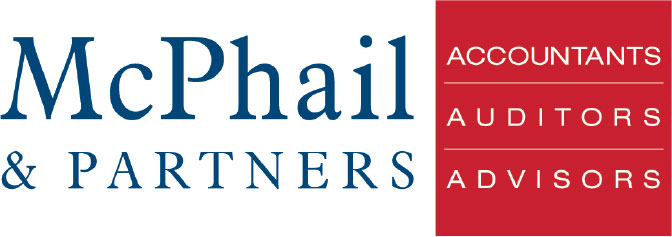While Single Touch Payroll (STP) entered Phase 2 on 1 January 2022, many employers might not yet be reporting the additional information required under this phase because their digital service providers (DSPs) have deferrals for time to get their software ready and help their customers transition. However, once these deferrals expire, employers will need to start reporting additional information in their payroll software.
TIP: Essentially, STP works by sending tax and super information from an STP-enabled payroll or accounting software solution directly to the ATO when the payroll is run.
Entering STP Phase 2 means that additional information which may not be currently stored in some employers’ payroll systems needs to be reported through the payroll software. For example, while many newer businesses may have employee start date information handy, older businesses may have trouble finding exact records, particularly for long-serving employees. In those instances, a default commencement date of 01/01/1800 can be reported.
Employers need to report either a TFN or an ABN for each payee included in STP Phase 2 reports. Where a TFN isn’t available, a TFN exemption code must be used. If a payee is a contractor and an employee within the same financial year, both their ABN and their TFN must be reported.
Employers also need to report the basis of employment according to work type. That is, whether an individual is full-time, part-time, casual, labour hired, has a voluntary agreement, is a death beneficiary, or is a non-employee. The report generated for STP Phase 2 includes a six-character tax treatment code for each employee, which is a shortened way of indicating to the ATO how much should be withheld from their payments. Most STP solutions will automatically report these codes, but it’s a good idea to understand what the codes are to ensure that they’re correct.
Income and allowances are also further drilled down – instead of reporting a single gross amount of an employee’s income, employers need to separately report on their gross income, paid leave, allowances, overtime, bonuses, directors’ fees, return to work payments and salary sacrifice amounts.
If your DSP has a deferral in place, you don’t need to apply for your own deferral and will only need to start reporting STP Phase 2 information from your next pay run after your DSP’s deferral expires. However, if your business needs more time in addition to your DSP’s deferral, you can apply for your own deferral using ATO Online Services.
